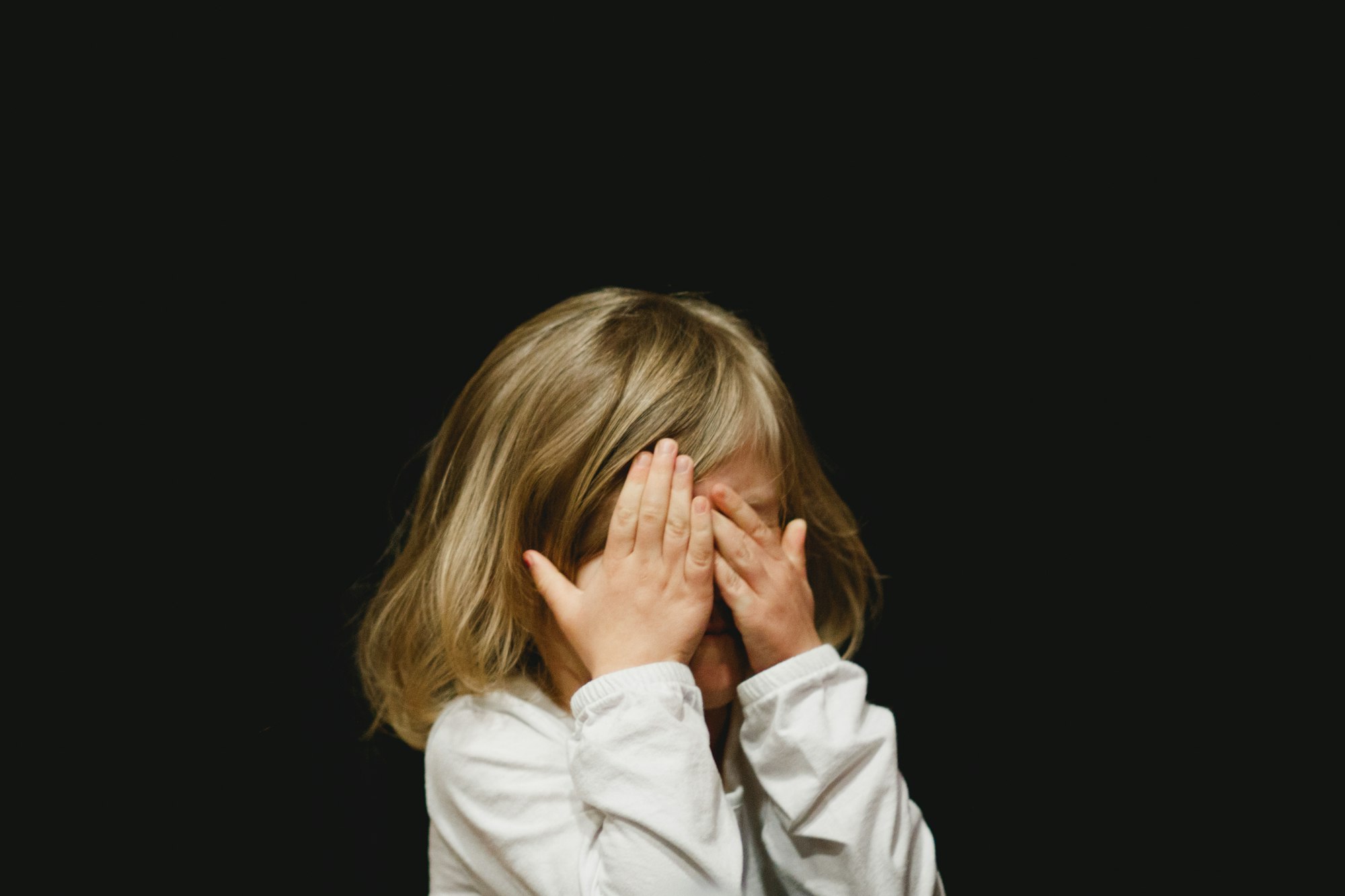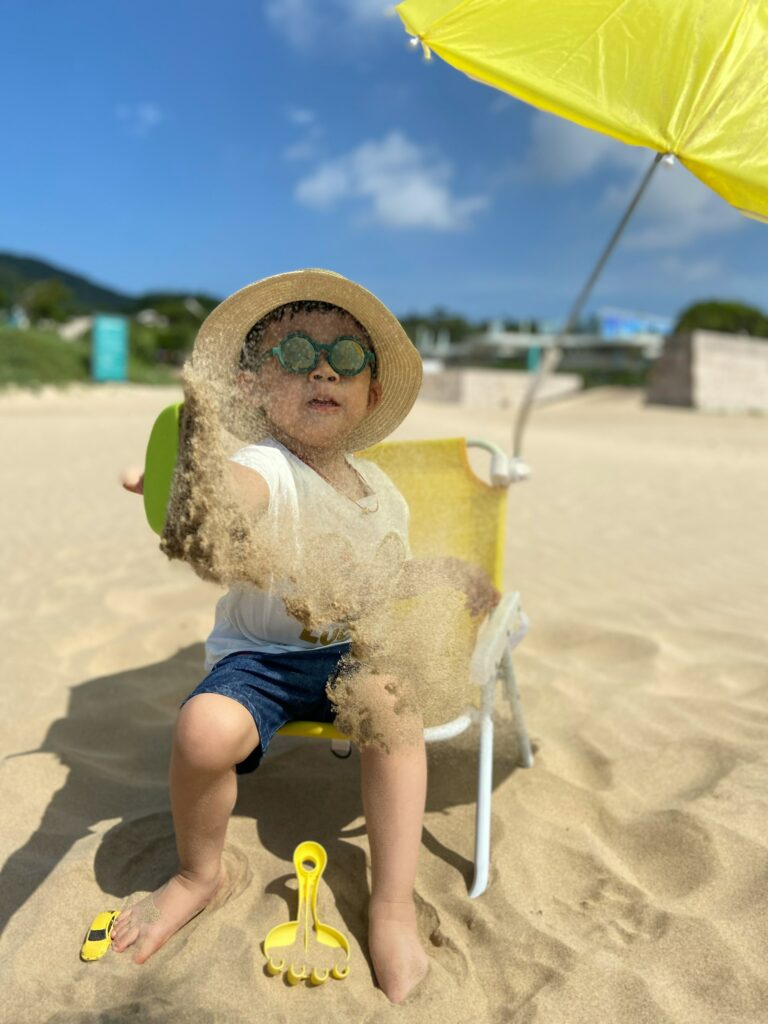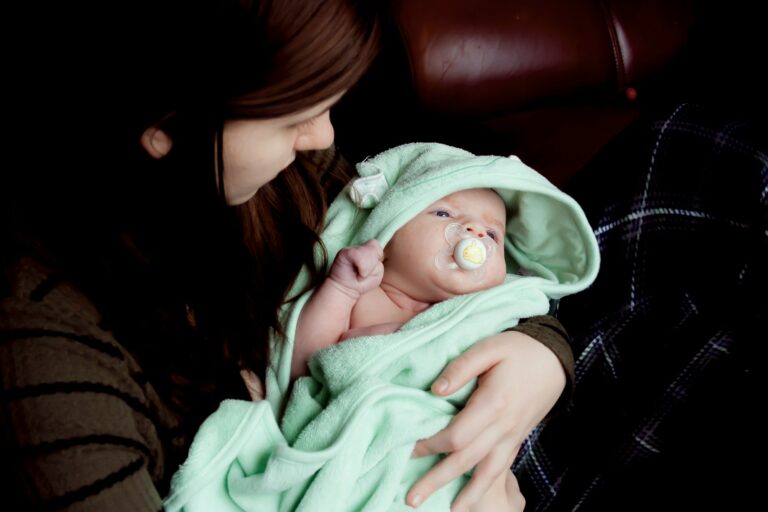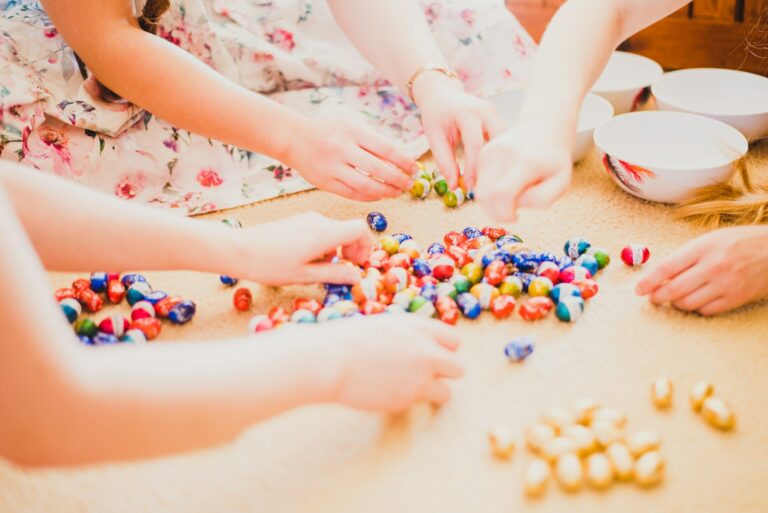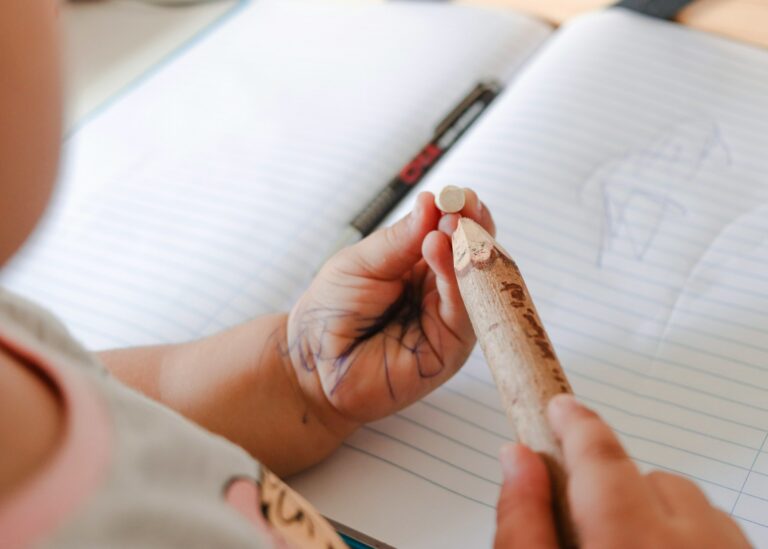Suddenly, your calm and curious toddler starts screaming with abandon in the middle of the bazaar, dramatically hurling a toy car one moment and then desperately clinging to you the next. You hear the dreaded phrase, “terrible twos”, whispered with sympathy and sometimes with a hint of exasperation among parents at the park. Is it really just a phase, or something deeper—an abrupt transformation in your child’s personality, perhaps? If you are noticing tantrums, mood swings, and an endless string of “no”, it’s entirely normal to feel puzzled or concerned. What exactly is happening in these early years—and most importantly, how do you help your child grow through this stormy phase? Exploring the territory of the terrible twos brings not just challenges but also exciting developmental leaps and heartwarming new skills. Parental patience is tested, yes, but your influence can make this unique period a foundation for healthy growth and confidence. Ready to decode these changes, understand the biological and emotional drivers, and discover strategies to support both your child and your own well-being? Let’s break it down together, blending practical advice, medical insights, and real-life empathy.
What are the terrible twos? Definition, misconceptions, and expectations
Parents often wonder—what magic (or chaos) overtakes children at this age? The terrible twos isn’t a diagnosis but a colloquial name for a scientifically observed growth phase, typically revealing itself somewhere between 18 months and 3 years. At this time, toddlers begin testing boundaries and experiencing big emotions; their newfound independence colliding with limited language skills and self-control. Is it a sign of misbehavior or “bad parenting”? Not at all. Medical research confirms this is an expected developmental milestone linked to natural brain and social changes.
Common misunderstandings abound: many believe all children will display wild tantrums or persistent defiance at this age. In reality, every child is different—some breeze through with only minor bumps, while others express intense frustration and stubbornness. These behaviors, though intense, are rarely calculated. Instead, they reflect evolving emotional regulation, clashing with a still-immature prefrontal cortex (a region in the brain responsible for impulse control). It’s not about “naughtiness”; it’s about learning.
The age range and variations among children
When does the terrible twos really begin? While the name suggests a sharp shift at age two, the journey often starts quietly around 12–18 months—and can extend until three, or sometimes even four years. Does every child pass through it in the same way or for the same length of time? Absolutely not. Factors such as temperament (the child’s natural “setting” for emotional reaction), language development, environment, and neurological maturity create a wide spectrum of experiences. For some, a whisper of displeasure signals a meltdown. For others, opposition is milder, passing with a word or distraction.
Developmental factors at play: inside your toddler’s brain and body
Physical autonomy, energy, and frustration
Imagine tiny hands suddenly capable of stacking blocks, running across the lawn, or refusing to hold your finger in the market. Muscle growth surges, new motor skills blossom, and children crave agency—yet their reasoning and self-control lag behind. Picture a child who can remove shoes independently, but cannot tolerate the discomfort of a twisted sock. Frustration spills quickly into tears or outbursts when physical capability and judgment don’t align.
Brain growth and language challenges
The human brain undergoes a rapid “remodel” during this stage. Synaptic connections multiply in the areas linked to language and emotional control, yet understanding always outpaces speech. Your toddler might comprehend your requests but struggle to voice needs. This language lag—medically termed “expressive language delay”—can brew extraordinary frustration. Children desire explanations for the world, constantly testing “why” and “what if”, but their verbal abilities create a bottleneck. Encourage conversation, read aloud, and keep explanations simple; every word serves as scaffolding for calmer days ahead.
Emotional turbulence and identity
Toddlers experience emotional surges akin to a monsoon: happiness, then rage, jealousy, or sadness—all within minutes. The neurological explanation is straightforward; regions that manage feelings are immature, and self-regulation remains under construction. When a toddler screams because a favorite bowl is missing, they are not manipulative—they are genuinely overwhelmed. Validating and naming these feelings (“You are upset because your teddy is missing”) sequences their internal world and builds emotional intelligence.
Craving independence, holding onto security
A fascinating push-pull dynamic rules this age: “I want to do it myself, but I still need you close.” Saying “no” becomes an anthem, not out of rebellion but as a concrete way to test boundaries and explore independence. Yet, the same child may suddenly cling to you in new settings. This is the infant’s quest for autonomy dancing with a very real need for reassurance and safety.
The neurological backdrop: impulse control under construction
The reason toddlers act on impulse—biting, running off, grabbing toys? The prefrontal cortex is still developing. Impulse control is, quite literally, immature. Scientific studies show that consistent, warm boundaries paired with time (and growing neural connections) are the recipe for improvement.
How does the terrible twos look in everyday life?
Tantrums and meltdowns
Sudden, intense tantrums are the calling card of the terrible twos. Triggers are incredibly varied: hunger, exhaustion, overstimulation, perplexing transitions, or simply saying “no” to a request. Unable to express intricate feelings, your toddler’s body takes over—tears, kicking, even screaming.
Defiance, the endless “no” stage
Refusal is common; “no” is often a child’s way of saying “I want control”, not necessarily that they disagree. Testing boundaries is a rehearsal for making choices and understanding social expectations.
Wild mood swings, rapid frustration
Tiny incidents (spilled juice, wrong socks, unpeeled banana) spark mighty emotional upheavals. This is not dramatics—these reactions reveal the neurologically limited capacity for frustration tolerance.
Physical outbursts: hitting, biting, throwing
Impulse-driven actions such as biting, hitting, or throwing don’t reflect malice. Lack of vocabulary and regulation means strong feelings are released physically. These behaviors warrant gentle intervention and modeling of acceptable alternatives.
Routine resistance, appetite, and sleep changes
Reluctance to nap, sudden food fussiness, or trouble sticking to bedtime routines often appear as a child seeks control over unpredictable internal and external changes.
Know when to consult a professional
While emotional storms are typical, certain warning signs—outbursts that are sustained, severely aggressive, involve self-injury, or clear regression in language/social interaction—should prompt a visit to your pediatrician or child health professional.
Underlying causes: A closer look
- Biological roots: Growth hormones, circadian rhythms, and energy fluctuations interplay, triggering mood swings. Neurologically, toddlers’ brains—especially the areas for self-control and emotional recognition—remain immature.
- Communication struggle: The gap between what a child understands and what they can express stirs daily frustration.
- Quest for independence: Wanting to try, sometimes failing, often sparks opposition as toddlers bump up against their boundaries.
- Consistency and environment: Predictable routines and clear rules reduce stress, while chaotic or rapidly changing environments can intensify emotional reactivity.
- Temperamental differences: Some children are naturally sensitive or more impulsive, influencing the expression and severity of the terrible twos.
Rethinking myths and cultural approaches
Is chaos a universal law of toddlerhood? Not really. Some cultures expect, accept, and support this “stormy” phase with gentleness and collective caregiving. Others lean towards structure and early discipline. There’s no “one-size-fits-all” expectation—the best pathway respects your values while meeting your child’s needs with empathy and encouragement.
Everyday strategies: Supporting your toddler through the terrible twos
- Separate emotion from action: Even when a child screams or bites, acknowledge the underlying feeling rather than simply reacting to the behavior. For example: “You’re angry because you wanted the red cup.”
- Communicate eye-to-eye: Squat down, match your child’s gaze, and talk with warmth. This small physical gesture has outsized benefits—it fosters trust, engagement, and attention.
- Empower with boundaries: Replace open-ended questions with limited choices—“Red shirt or blue shirt?”—to give a sense of control while avoiding overwhelm.
- Stable, predictable routines: Anchoring the day with regular meals, naps, and play reduces anxiety and supports smoother transitions.
- Consistency and positive reinforcement: Calmly apply rules; offer praise and describe positive actions specifically (“Good job putting the blocks away!”).
- Build vocabulary and emotional skills: Name emotions, read picture books, and use imaginative play to broaden your child’s repertoire for self-expression.
- Plan ahead: Identify typical triggers (hunger, fatigue, busy environments) and try to prevent meltdowns in advance.
- Practice patience: Remember, your composure forms your child’s emotional “training wheels.” Ask for help and step away when needed—regeneration matters for everyone.
Managing tantrums: Practical medical and emotional approaches
- Watch for warning signals: Fatigue, hunger, or overstimulation raise the probability of outbursts. Early recognition and intervention (with distractions or calm reassurance) work wonders.
- Redirection and humor: Guide your child towards another activity, sing a favorite rhyme, or use gentle humor to break emotional intensity.
- Teach calming tools: Model deep breathing, count to five, or suggest squeezing a soft object—these are the building blocks of self-soothing.
- Time-out or time-in: Step away together or give your child a few quiet minutes alone to decompress. If you are in public, a strategic, calm exit to a quieter area can calm both of you for a reset.
Positive discipline for toddlers
- Teach, don’t punish: Discipline means showing the right way, not punishing after the fact. Demonstrate what is expected with firm, respectful clarity.
- Logical, immediate consequences: Make consequences related and timely (remove a toy thrown in anger). Whenever possible, reinforce the learning with empathy.
- Avoid harsh punishment: Medical evidence warns that shouting or physical discipline harms trust and models aggression rather than control.
- Empathy plus expectations: Recognise your child’s emotions, kindly but firmly hold limits: “I know you are upset. We use soft hands.”
Boosting emotional health during the terrible twos
- Emotional literacy: Regularly name and discuss feelings. Permission to feel—angry, sad, glad—enables toddlers to build their emotional toolkit.
- Guided frustration: Stay present during angry storms or disappointment, and let your child borrow your calm for regulation practice.
- Attachment and trust: Predictable care, patient listening, and affection foster a sense of security, helping children “bounce back” after stormy episodes.
- Model calm: Toddlers imitate your responses. Managing your own stress aloud (“I need a deep breath”) is more powerful than it seems.
Activities and play: Fuel for thriving toddlers
- Creative playtime: Sensory bins, finger painting, and water play exercise fine motor and emotional muscles without screens.
- Physical activity: Dance, simple ball games, or obstacle courses channel wild energy in constructive ways.
- Language & social skills: Shared reading, naming games, singing, and pretend play expand vocabulary and promote empathy.
- Mindfulness for kids: Breathing games (“smell the flower, blow the candle”), gentle stretches, or quiet spaces teach simple relaxation.
The parent’s journey: Self-care and support
- Check your own feelings: If you feel stretched thin, it’s entirely normal. You cannot pour from an empty cup—rest, seek moments of joy, and give yourself grace.
- Preventing exhaustion: Lean on routines, delegate where possible, and talk to people who understand—the relief in sharing cannot be overstated.
- Be realistic: No parent is perfect. Unique children create unique journeys. Trust your instincts, and reach out for guidance as needed.
- When professional help is appropriate: If aggressive or self-harming behaviors, or regression in speech or social interaction appear, consulting a pediatrician or developmental expert can offer clarity and solutions.
Surviving and thriving: Terrible twos in daily life
- Managing outside the home: Stay consistent, state expectations, and use positive feedback generously. Out and about? Take along familiar snacks, favorite toys, and always have an “exit plan.”
- Transitioning to daycare or preschool: Ahead of big changes, visit new environments together, keep routines steady, brief caregivers on comforts, and celebrate small adaptation wins.
The flip side: Growth during the terrible twos
Every storm brings sunshine. With each tantrum overcome and each “no” negotiated to a yes, children are building resilience, independence, and empathy. Milestones—new words, jumping, expressing caring—are to be celebrated. Strong bonds, nurtured in challenge, form the base for lifelong self-confidence. Remember, the terrible twos are less a season to fear, and more a garden—wild, unpredictable, but rich in new growth.
Key takeaways
- The terrible twos represent a normal, healthy stage in emotional and neurological growth.
- Challenging behaviors are signs of independence and development—not “badness.”
- Calm, empathetic, and consistent parenting guides children through this intense phase.
- Parental self-care is essential—rest and support foster the best outcomes for the whole family.
- Trust your observations, and if needed, seek medical advice early for behaviors outside typical patterns.
- For personalised advice and free child health questionnaires, try the Heloa app.
Questions Parents Ask
How long do the terrible twos last?
The terrible twos typically commence around 18 to 24 months, yet for some children, the beginning or end can slide earlier or later. It’s common to see these intense behaviours linger until age three or occasionally closer to four. Several factors influence this timeline: personality, language development, even small changes in family routine. If the phase seems never-ending, don’t worry—variation is natural, and each child outgrows the terrible twos in their own time.
Can the terrible twos start before age two?
Absolutely. It often surprises families when emotional intensity, stubborn resistance, or mood swings emerge at just 12 or 15 months. These early signs simply reflect your toddler’s developmental leaps and the quest for autonomy—they do not signal a problem and require the same warm, structured support as for older toddlers.
Are the terrible twos worse for boys or girls?
No scientific proof suggests boys or girls experience the terrible twos more intensely. The true influences are temperament, communication skills, and environment—not gender. Some children, regardless of gender, may be more strong-willed or sensitive. The gold standard remains unchanged: respond with steady empathy and clear boundaries, fostering a safe space for every child to grow and explore.

